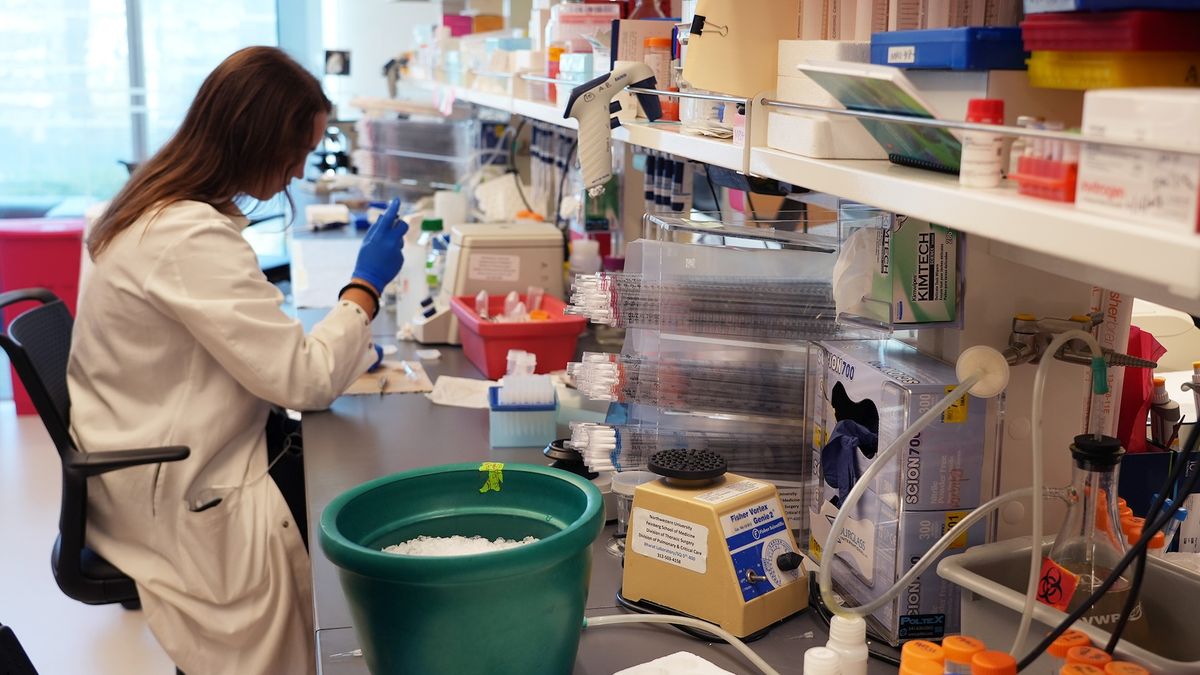
Stop working on increasing road safety
When we talk about “road safety” we already think of roads as existing primarily for transportation and cars in particular. Marco te Brömmelstroet argues that we need to break free of this framework in which safety is something to be accommodated amongst other priorities like efficiency, and start thinking in terms of “reducing road danger”, flipping the locus of responsibility from potential road accident victims to the conditions that create them in the first place.
Literally nobody is against road safety. But the way we talk and think about road safety, the way we define problems and solutions, and the approaches we use to do research on it severely limit its potential. We are not getting closer to making our streets safe. On the contrary. To make progress we need to go back to the roots of traffic engineering and recognize the limits of thinking in terms of “road safety” and all the problematic assumptions it brings with it. Instead of thinking of “increasing road safety”, we need flip the script and think in terms of “reducing road danger”, moving the burden of responsibility from the victims of car crashes to the conditions creating them.
Our streets used to be complex and diverse places that hosted a whole range of different functions. These “remaining spaces between buildings” functioned as largely ungoverned public spaces, as commons used for many different purposes: work, trade, play, socialising and transportation. But this changed around the 1930s, when our urban streets were facing the disruptive large-scale introduction of the motorized automobile, resulting in largescale disturbances and the violent death of many, most notably young children. At first, there was a societal consensus that there was no place for the car on our streets. In the mainstream language of justice, the intrinsic innocence of children was undisputed. And this new violence was seen as completely unacceptable. But this rapidly changed in the decades after. As the influential thinker Ivan Illich stated already in 1983: “Like any true commons, the street itself was the result of people living there and making that space livable … streets are no more for people. They are now roadways for automobiles, for buses, for taxis, cars, and trucks.”





















